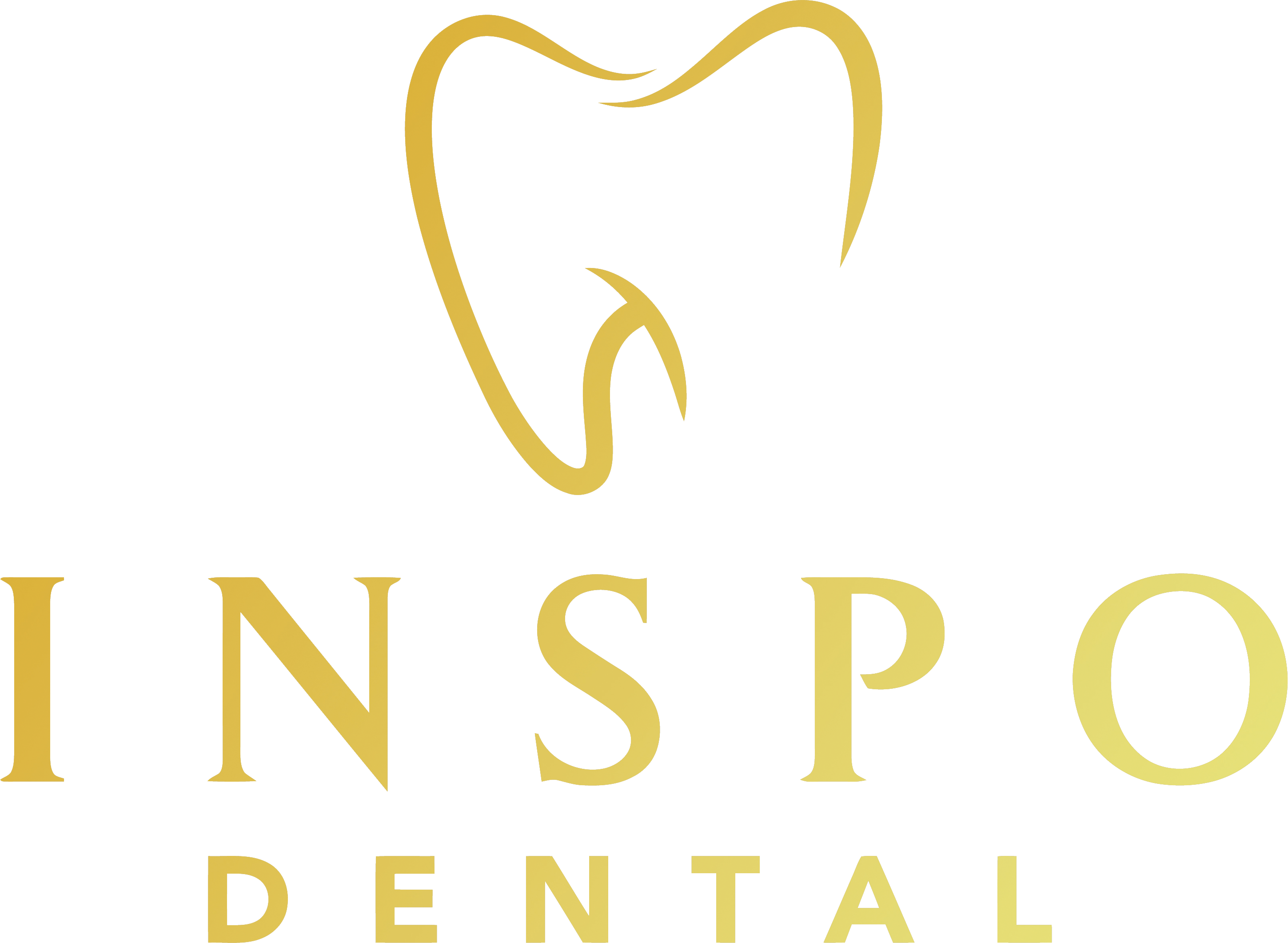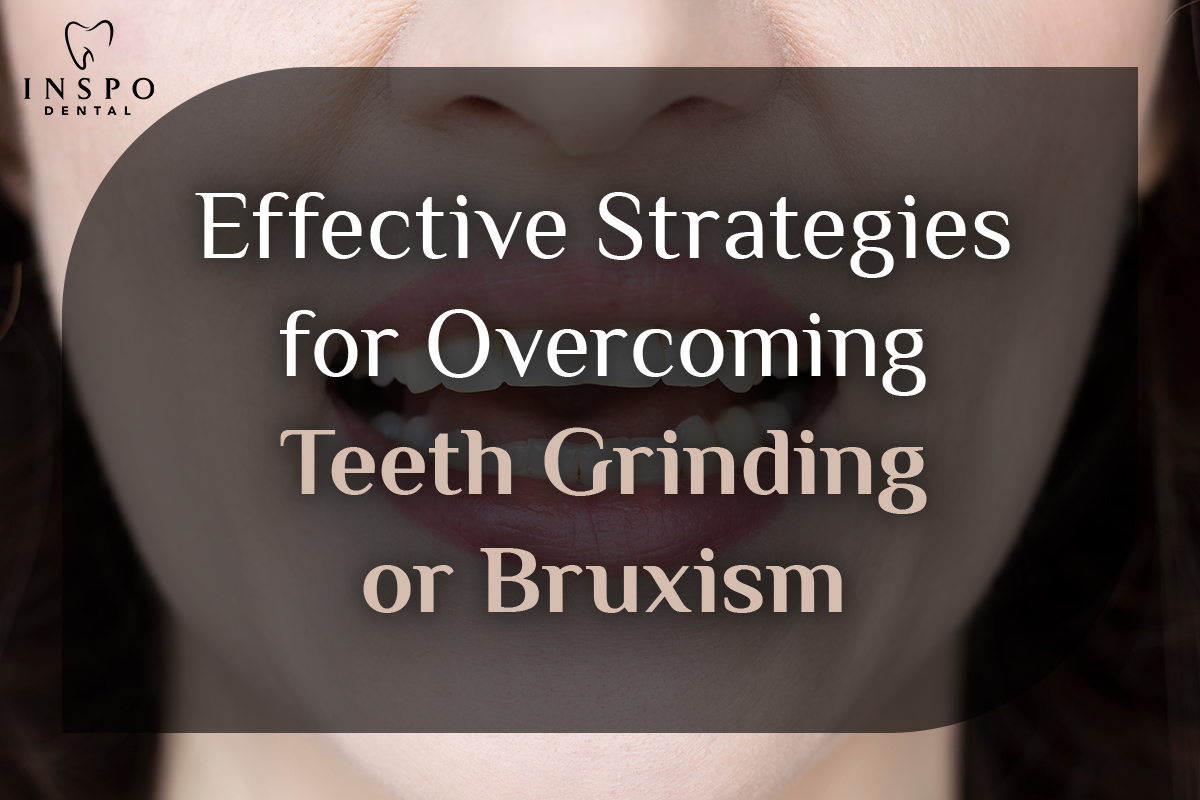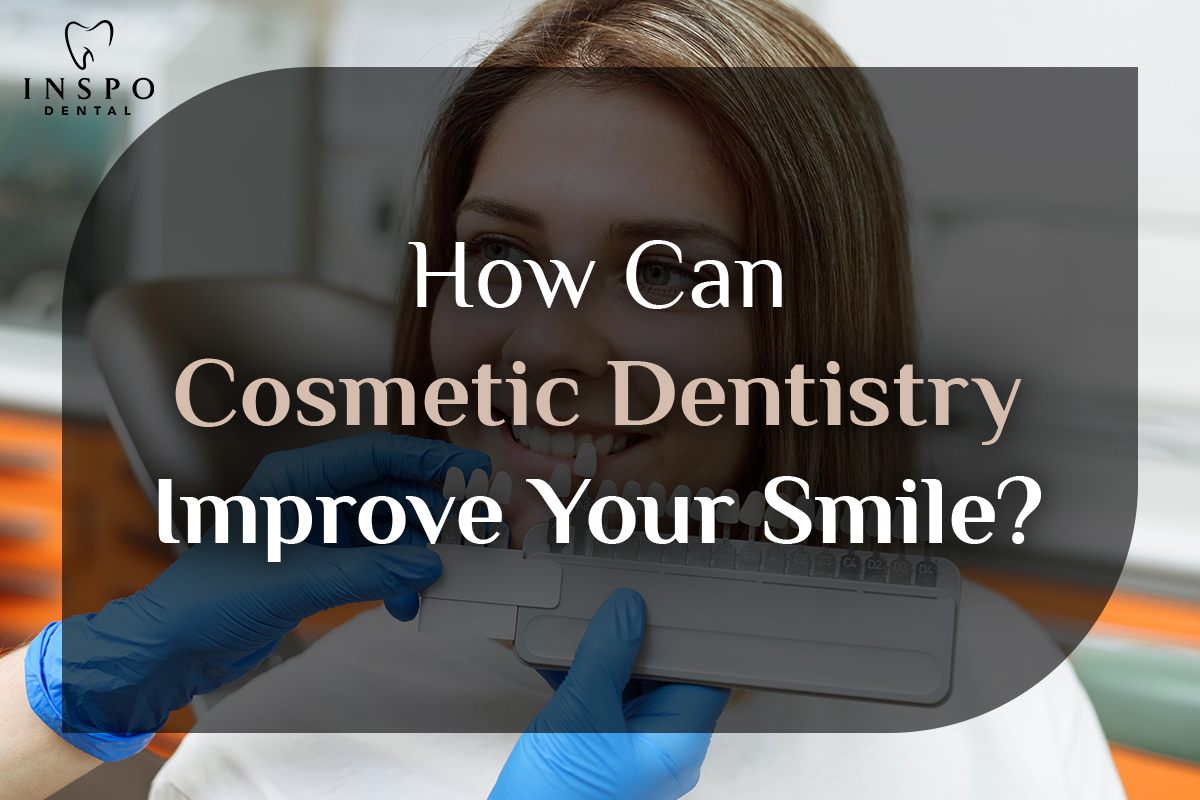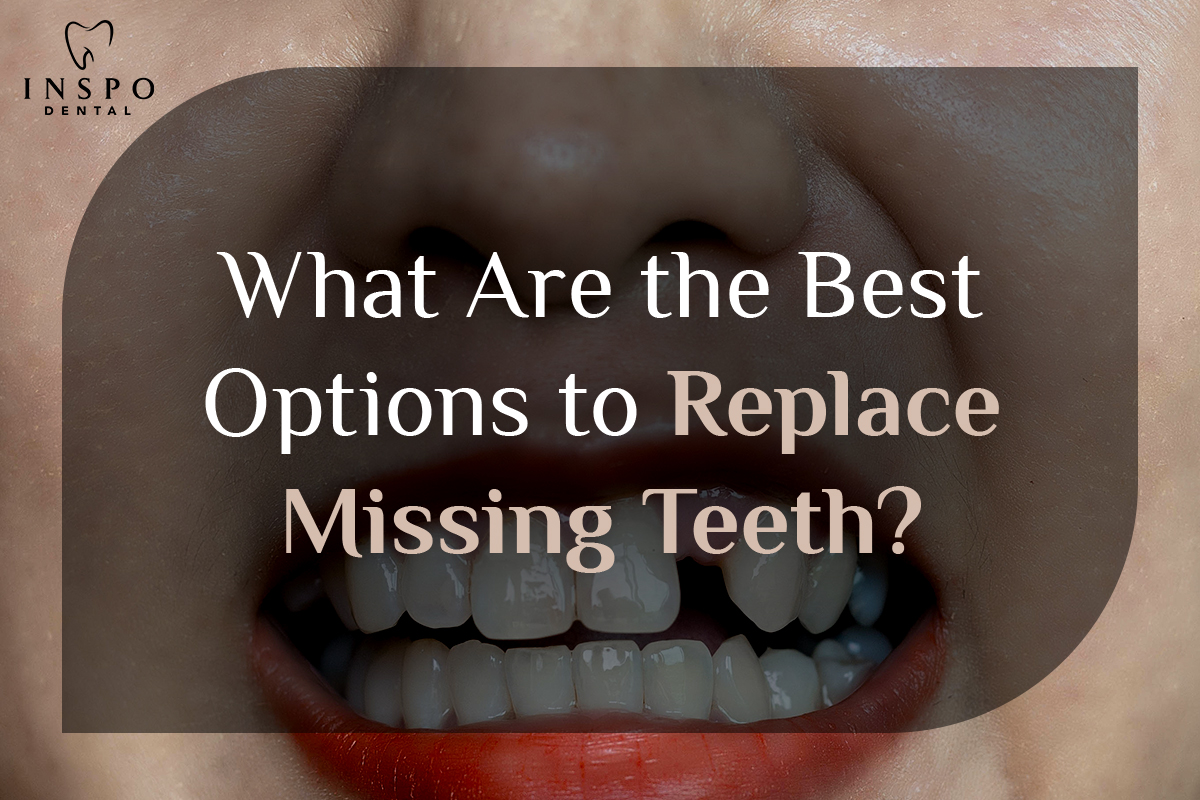
Step 1: Choose the Right Toothbrush and Toothpaste:
- Before you begin brushing your teeth, ensure you have the right tools:
- Toothbrush: Choose a toothbrush with soft bristles and a comfortable handle that fits your hand well. Electric or manual toothbrushes are both effective, so choose whichever you prefer.
- Toothpaste: Select a toothpaste with fluoride, as it helps strengthen tooth enamel and prevent tooth decay. Look for a toothpaste that addresses specific dental concerns you may have, such as sensitivity or whitening.
Step 2: Prepare Your Toothbrush:
- Before applying toothpaste, rinse your toothbrush under running water to moisten the bristles. Make sure there are no visible debris or residues on the brush.
Step 3: Apply Toothpaste:
- Squeeze a pea-sized amount of toothpaste onto the bristles of your toothbrush. Remember, you don’t need a large amount of toothpaste to effectively clean your teeth.
Step 4: Proper Brushing Technique:
- Follow these steps to ensure you’re brushing your teeth effectively:
- Position the Toothbrush: Hold the toothbrush at a 45-degree angle to the gumline. This allows the bristles to reach under the gumline and clean the area where plaque tends to accumulate.
- Brush in Circular Motions: Using gentle pressure, move the toothbrush in small circular motions. Focus on cleaning one or two teeth at a time, ensuring you cover the front, back, and chewing surfaces.
- Pay Attention to Each Tooth: Spend approximately 2-3 seconds cleaning each tooth thoroughly. Make sure to reach all surfaces, including the outer, inner, and chewing surfaces.
- Brush Your Tongue: After brushing your teeth, gently brush your tongue to remove bacteria and freshen your breath.
Step 5: Don’t Forget Your Gums:
- It’s essential to pay attention to your gum health while brushing. Be gentle along the gumline to avoid causing irritation or damage. Brushing too hard can lead to receding gums and enamel erosion.
Step 6: Rinse Thoroughly:
- After brushing, rinse your mouth thoroughly with water to remove any toothpaste residue and loosened debris.
Step 7: Clean Your Toothbrush:
- Rinse your toothbrush under running water to remove any remaining toothpaste and debris. Store your toothbrush in an upright position to allow it to air dry between uses.
Step 8: Brushing Frequency:
- Brush your teeth at least twice a day, ideally in the morning and before bed. Some people prefer to brush after each meal for optimal oral hygiene.
Additional Tips for Effective Brushing:
- Brush for Two Minutes: Aim to brush your teeth for a full two minutes each time to ensure thorough cleaning.
- Use Gentle Pressure: Avoid brushing too hard, as this can damage your tooth enamel and irritate your gums.
- Replace Your Toothbrush Regularly: Replace your toothbrush or toothbrush head every 3-4 months or sooner if the bristles appear frayed or worn.
- Visit Your Dentist Regularly: In addition to regular brushing, visit your dentist for professional cleanings and check-ups every six months to maintain optimal oral health.
By following these steps and maintaining a consistent oral hygiene routine, you can effectively brush your teeth and keep your smile healthy and bright.
What are they different techniques when brushing your teeth?
1. Modified Bass Technique:
- How to do it: Hold your toothbrush at a 45-degree angle to the gumline. Use short back-and-forth or vibrating motions to clean along the gumline and between teeth. Then, gently sweep the brush away from the gumline towards the biting/chewing surfaces.
- Benefits: The modified bass technique is effective for removing plaque and debris from along the gumline, where gum disease often begins. It’s also useful for reaching areas between teeth.
2. Fones Technique:
- How to do it: This technique is often recommended for children or individuals with limited dexterity. Hold the toothbrush horizontally against the teeth and move it in small circular motions.
- Benefits: The Fones technique is easy to perform and can cover a large surface area quickly. It’s suitable for young children who are just learning to brush their teeth.
3. Stillman Technique:
- How to do it: Similar to the modified bass technique, but with more focus on the tooth surfaces. Hold the toothbrush at a 45-degree angle to the gumline and use small circular or vibratory motions. Then, gently sweep the brush towards the biting surfaces.
- Benefits: The Stillman technique is effective for individuals with gum recession or sensitive gums. It provides thorough cleaning while minimizing irritation to the gum tissue.
4. Charter’s Technique:
- How to do it: Hold the toothbrush at a 45-degree angle to the gumline, similar to the modified bass technique. Instead of using back-and-forth motions, brush in a sweeping motion along the gumline, moving from one tooth to the next.
- Benefits: The Charter’s technique is gentle yet effective for cleaning along the gumline and between teeth. It’s particularly useful for individuals with sensitive gums or orthodontic appliances.
5. Rolling Stroke Technique:
- How to do it: Hold the toothbrush at a 45-degree angle to the gumline and use a rolling motion to brush each tooth from the gumline to the biting surface. Repeat this motion for each tooth.
- Benefits: The rolling stroke technique provides thorough cleaning along the gumline while minimizing pressure on the gums. It’s gentle yet effective for removing plaque and debris from all tooth surfaces.
Additional Tips:
- Don’t Forget the Back Teeth: It’s easy to overlook the back teeth, but they are just as susceptible to decay and plaque buildup as the front teeth. Make sure to give them equal attention during brushing.
- Use Interdental Brushes or Floss: While brushing is essential, it may not reach all areas between teeth. Supplement your brushing routine with interdental brushes or floss to clean between teeth and along the gumline.
- Be Gentle: Regardless of the technique you use, it’s crucial to brush gently to avoid damaging your tooth enamel or irritating your gums.
- Experiment with different techniques to find what works best for you and consult with your dentist or dental hygienist for personalized recommendations based on your oral health needs.
What should you avoid doing when brushing your teeth?
When brushing your teeth, there are certain things you should avoid to maintain optimal oral health and prevent damage to your teeth and gums. Here are some common mistakes to avoid:
- Brushing Too Hard: Brushing your teeth with too much force can damage the enamel, irritate the gums, and lead to gum recession. Use gentle, circular motions with light pressure to clean your teeth effectively without causing harm.
- Using an Old or Worn-Out Toothbrush: Replace your toothbrush or toothbrush head every 3-4 months or sooner if the bristles appear frayed or worn. Using an old toothbrush can be less effective at removing plaque and bacteria, and it may harbor harmful bacteria over time.
- Brushing Immediately After Eating Acidic Foods or Drinks: Acidic foods and drinks, such as citrus fruits, sodas, and wine, can weaken tooth enamel. Brushing immediately after consuming acidic substances can erode the enamel further. Instead, wait at least 30 minutes after eating or drinking acidic foods before brushing your teeth.
- Skipping Inner Tooth Surfaces: It’s essential to brush all tooth surfaces, including the inner surfaces (facing the tongue and palate). Neglecting these areas can allow plaque and bacteria to accumulate, leading to cavities and gum disease.
- Brushing for Too Short a Time: Aim to brush your teeth for a full two minutes each time. Brushing for less than two minutes may not provide adequate cleaning to remove plaque and bacteria effectively.
- Ignoring Your Gumline: Plaque and bacteria can accumulate along the gumline, leading to gum disease if not removed regularly. Make sure to brush gently along the gumline to clean this area thoroughly.
- Using the Wrong Toothbrush or Toothpaste: Choose a toothbrush with soft bristles and a comfortable handle that fits your hand well. Use toothpaste with fluoride to help strengthen tooth enamel and prevent tooth decay. Avoid abrasive toothpaste or brushes that can damage the enamel.
- Rinsing with Water Immediately After Brushing: After brushing your teeth, spit out the excess toothpaste instead of rinsing with water immediately. This allows the fluoride in the toothpaste to remain on your teeth and provide additional protection against cavities.
- Overbrushing: Brushing your teeth more than three times a day or excessively scrubbing your teeth can wear down enamel and damage gums. Stick to brushing twice a day for two minutes each time, using gentle pressure.
By avoiding these common mistakes and practicing proper brushing techniques, you can maintain good oral hygiene and keep your teeth and gums healthy for years to come. Additionally, regular visits to your dentist for professional cleanings and check-ups are essential for maintaining optimal oral health.
How often should you brush your teeth?
The American Dental Association (ADA) recommends brushing your teeth at least twice a day, ideally in the morning and before bedtime. This routine helps remove plaque, bacteria, and food particles from your teeth and gums, reducing the risk of tooth decay, gum disease, and bad breath.
Here’s a breakdown of how often you should brush your teeth:
- Morning Brushing: Start your day by brushing your teeth in the morning after breakfast. This helps remove plaque and bacteria that may have accumulated overnight and freshens your breath for the day ahead.
- Nighttime Brushing: Before bedtime, brush your teeth again to remove food particles and plaque buildup accumulated throughout the day. This helps prevent cavities and gum disease while you sleep and reduces the risk of morning breath.
In addition to brushing twice a day, some individuals may benefit from brushing after meals, especially if they consume acidic foods or beverages that can weaken tooth enamel. However, it’s essential to wait at least 30 minutes after eating before brushing to allow saliva to neutralize acids and remineralize the enamel.
Ultimately, the frequency of brushing may vary based on individual factors such as oral health status, dietary habits, and personal preferences. It’s crucial to establish a consistent brushing routine that works for you and to brush your teeth effectively using proper technique and tools. Additionally, don’t forget to floss daily and visit your dentist regularly for professional cleanings and check-ups to maintain optimal oral health.
What dental products should I use when brushing my teeth?
When brushing your teeth, it’s essential to use the right dental products to effectively remove plaque, bacteria, and food particles while promoting optimal oral health. Here are the key dental products you should use when brushing your teeth:
- Toothbrush: Choose a toothbrush with soft bristles and a comfortable handle that fits your hand well. You can opt for either a manual toothbrush or an electric toothbrush, depending on your preference. Soft bristles are gentle on your gums and tooth enamel while effectively cleaning your teeth.
- Toothpaste: Select a toothpaste that contains fluoride, as it helps strengthen tooth enamel and prevent tooth decay. Look for a toothpaste that addresses specific dental concerns you may have, such as sensitivity, tartar control, or whitening. Avoid toothpaste with harsh abrasives or ingredients that may irritate your gums.
- Floss or Interdental Brushes: In addition to brushing your teeth, it’s essential to clean between your teeth and along the gumline daily. Use dental floss or interdental brushes to remove plaque and debris from areas that your toothbrush may not reach. Choose a floss or interdental brush that fits comfortably between your teeth and gums.
- Mouthwash: Mouthwash can help freshen your breath, reduce plaque buildup, and kill bacteria in your mouth. Choose an alcohol-free mouthwash if you have sensitive gums or mouth sores. Look for a mouthwash that contains fluoride for added cavity protection, and consider one with antibacterial properties for enhanced oral hygiene.
- Tongue Cleaner: Don’t forget to clean your tongue as part of your oral hygiene routine. Use a tongue cleaner or tongue scraper to remove bacteria, food particles, and plaque from the surface of your tongue. This can help prevent bad breath and improve overall oral hygiene.
- Water Flosser (Optional): For individuals who find traditional flossing challenging or uncomfortable, a water flosser can be an effective alternative. Water flossers use a stream of water to clean between teeth and along the gumline, providing gentle yet thorough cleaning.
When selecting dental products, look for those that have been approved by dental professionals or carry the American Dental Association (ADA) Seal of Acceptance. This seal indicates that the product has met strict criteria for safety and effectiveness in maintaining oral health.
Remember to replace your toothbrush or toothbrush head every 3-4 months or sooner if the bristles appear frayed or worn. Additionally, visit your dentist regularly for professional cleanings and check-ups to ensure optimal oral health and address any dental concerns.
Research has shown links between oral health and conditions such as heart disease and diabetes, emphasizing the importance of maintaining a healthy mouth for a healthy body. Learn how your oral health habits can positively influence your overall well-being and discover the holistic approach to maintaining a vibrant and thriving life through proper dental care.
